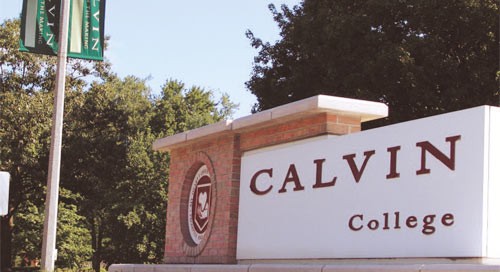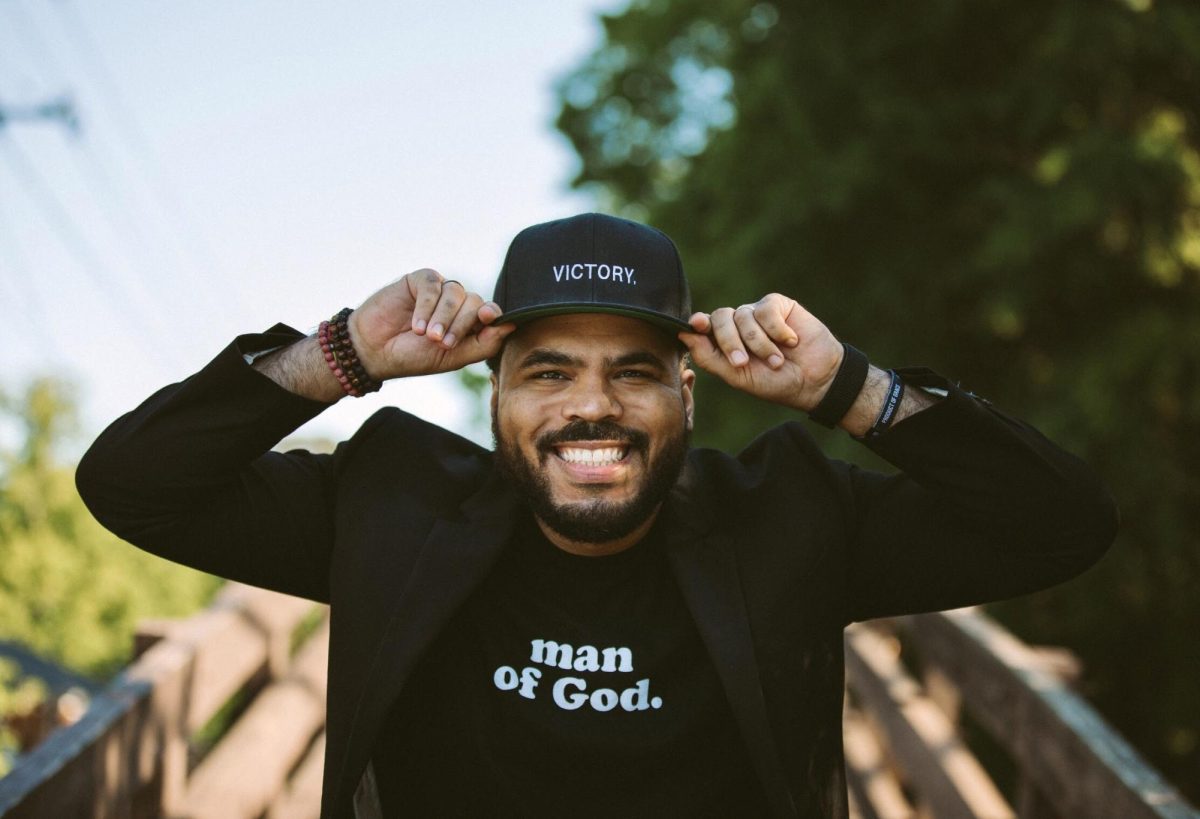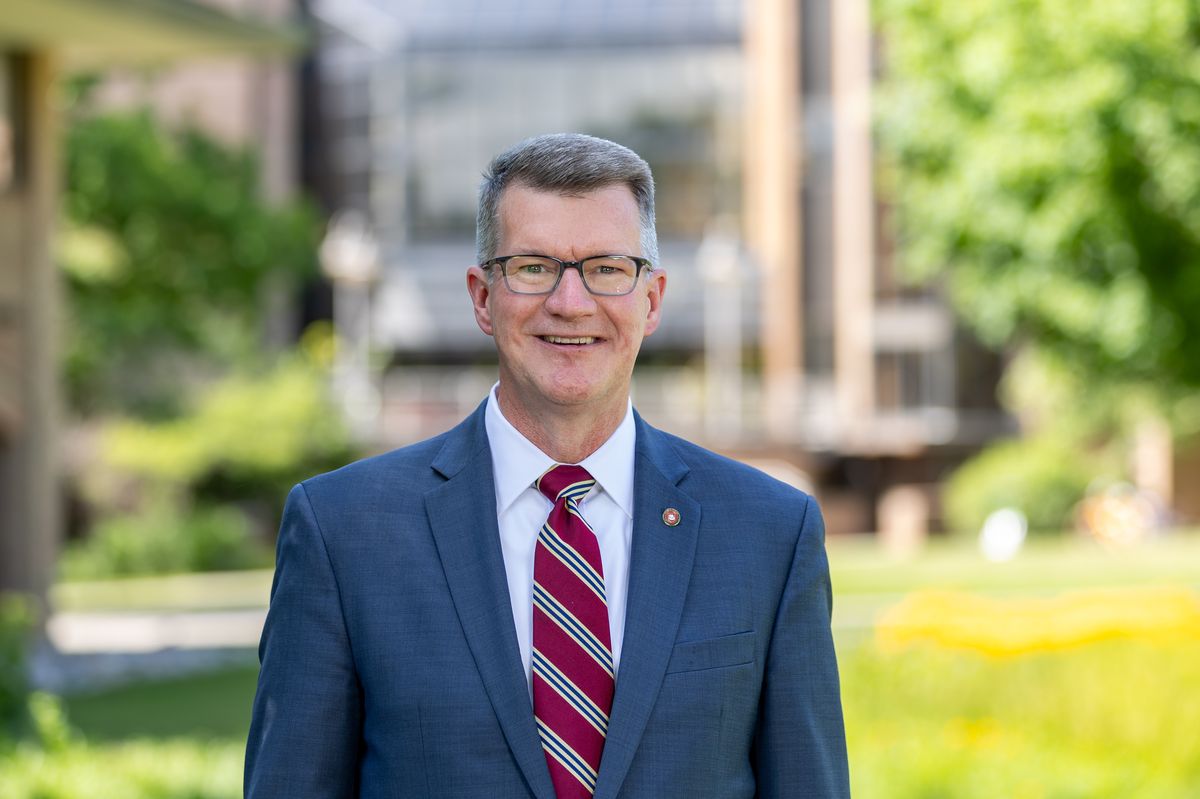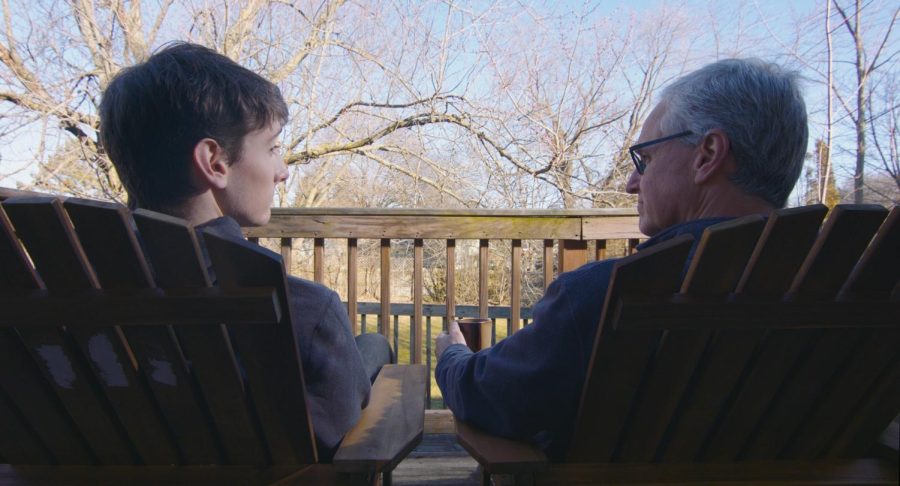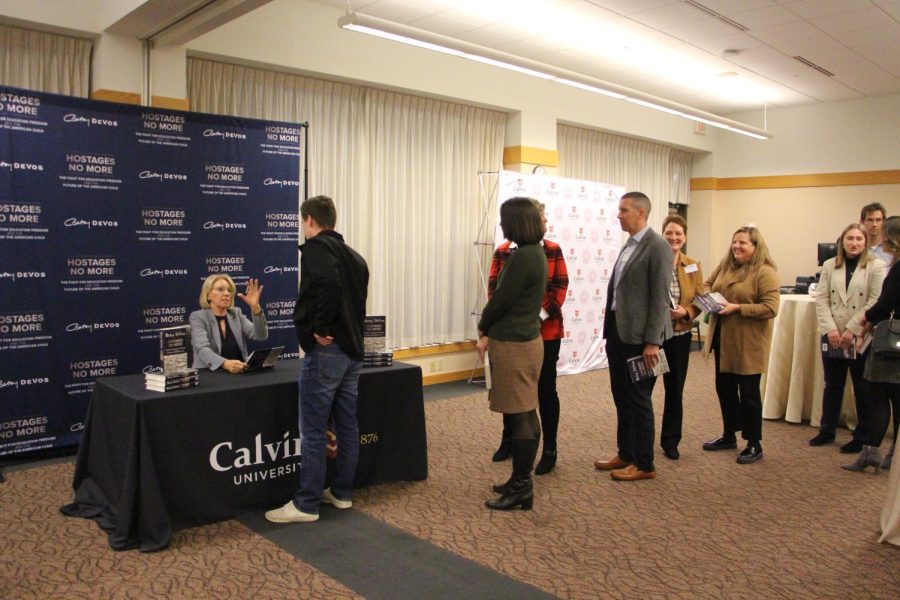In a three-day series of workshops held on campus last week, students, faculty and staff attempted to define Calvin as a brand.
Scott D. Ochander, vice president of enrollment and marketing at Manchester University, and Tyler Borders, a brand alchemist, came on as consultants to assist Tim Ellens, the director of communications and marketing at Calvin, in organizing the workshops and taking a closer look at Calvin as a brand.
“Brand is not a logo; brand is a reputation,” said Ochander. “It deals with how people feel and think about you as a college.”
Ochander highlighted the importance of Calvin’s brand by pointing out that now, more than ever, prospective students have a multitude of choices when it comes to their college decision. Through flyers, pamphlets, emails and phone calls, all colleges try their best to sell what their institution has to offer.
Because of this, Ochander said, Calvin needs to distinguish itself. “We’re kind of at a precipice in higher ed, and many of you feel this — how do we get away from and not stay with the herd of other colleges? How is Calvin College out of the herd?”
Ochander explained that it’s important that “institutions are clear about what their brand promises.”
The workshops focused on the idea of visual identity that “comes from understanding deeply who you are and translating that into something that has meaning,” according to Ochander.
Ellens hopes to use the workshops to help craft a brand for Calvin that captures what it has grown into, what it aspires to be, and how members of the Calvin’s community feel about the college.
Ochander isn’t looking to make drastic changes at Calvin, stating that he’s not as concerned with taglines or logos but with understanding the deep core of what Calvin is. Regarding Calvin’s logo, he said, “A change would only be recommended from our group if it is truly misaligned with the platform moving forward. We may see a modernizing of what we’ve seen in the past.”
Staff, faculty and student workshops were held separately, except for two integrated sessions. A room in the lower level of Hiemenga Hall has become the designated “branding cave” where posters displaying archetypes and three-word phrases descriptive of Calvin now hang. The three-hour workshops aimed to more clearly identify these aspects of Calvin’s personality.
Each workshop began by dividing individuals into groups of two or three people. For the first activity, groups received different archetypal cards and were asked to choose what Calvin currently is and what they would like Calvin to be. Cards were classified by color describing an archetype, each color representing key words about it.
Many groups defined Calvin with the brown archetype, meaning they see Calvin as purposeful and dedicated. Workshop participants often aspired for Calvin to be green — playful and whimsical. Participants discussed what each archetypal card meant for Calvin and how the traits were or were not present on Calvin’s campus.
Many groups had similar color or archetype choices, but there were some differences.
“Each small group came up with an important color that I felt had merit as we seek to catch a vision for what Calvin can become in the next decade,” said philosophy professor Stephen Wykstra, who attended one of the faculty workshops.
The workshops’ final activity had groups create a three-word phrase for Calvin using a verb, an adjective and an abstract noun. Tyler Borders, facilitator of the workshop activities and discussions, explained that these slogans should finish the sentence, “Calvin exists to.. .”
“Inspire passionate wonder” and “cultivate faithful discovery” were among the phrases groups created. Afterwards, individuals chose their favorites.
At the end of each workshop, the results were pinned to the wall of the “branding cave” alongside results from the other workshops.
The consultants of this branding process will be analyzing the results in the next few weeks. In October, when three more days of workshops will be held, students, faculty and staff can congregate again and contribute to the creation of Calvin’s new theme — the message Calvin hopes to give its community members, its prospective students and its donors.



